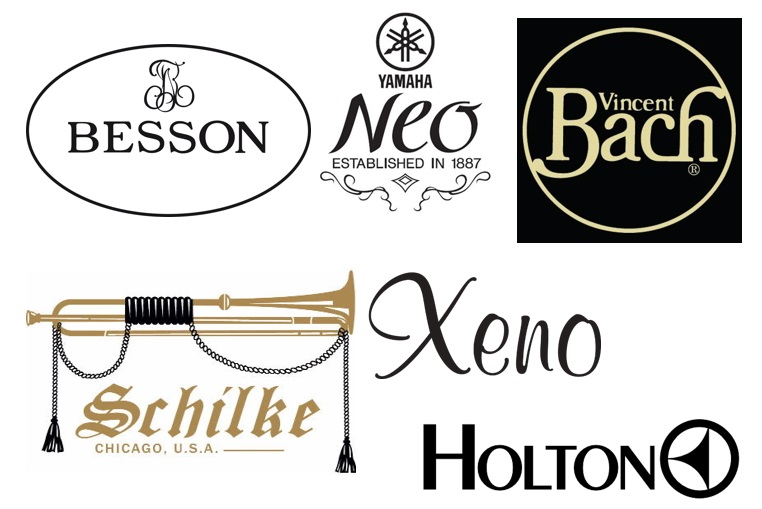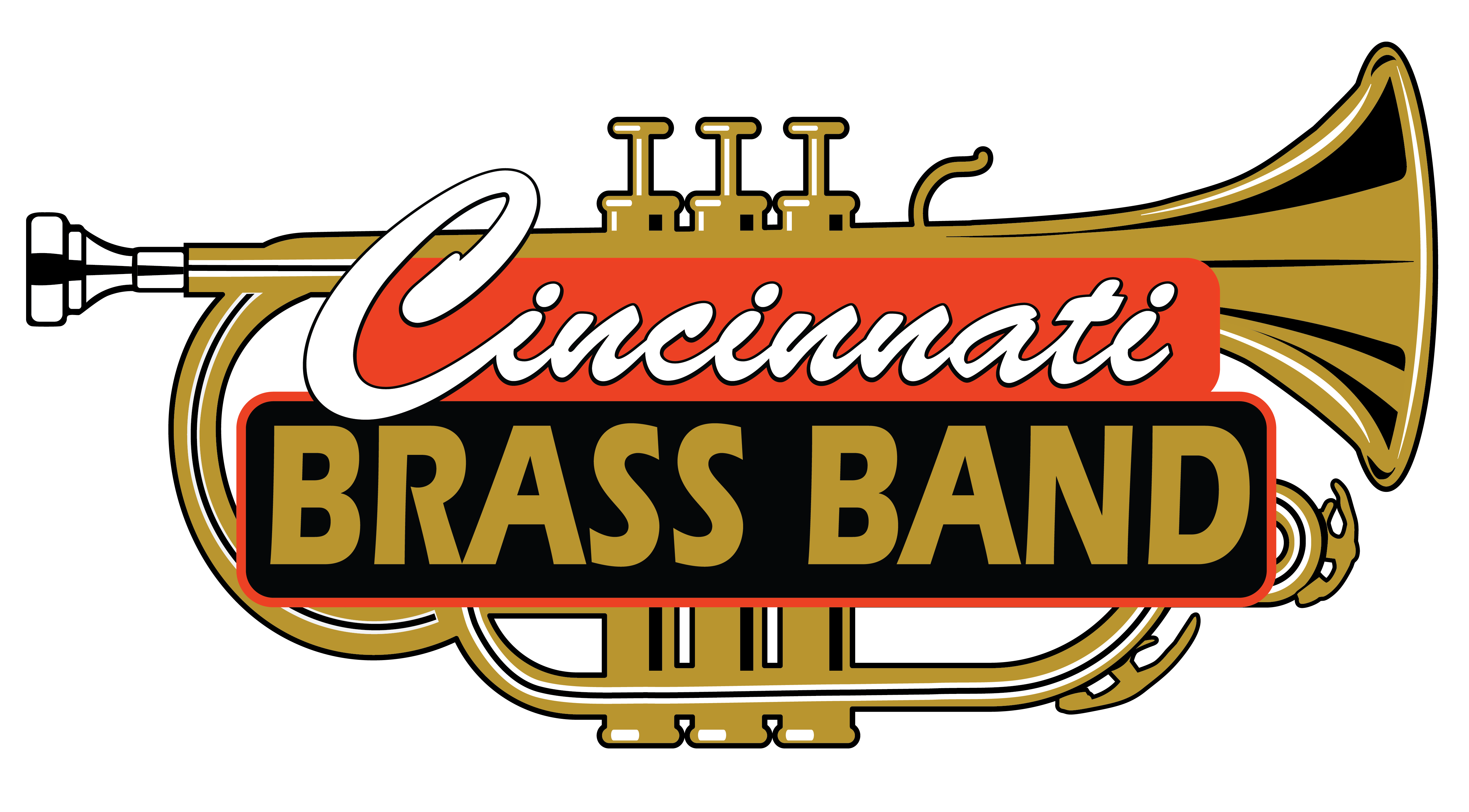Instrumentation used in the Cincinnati Brass Band is also based on a British brass band tradition. Cornets (both Bb and Eb) are used instead of trumpets, and Eb alto horns take the place of French horns. The upper voice is completed with a Flugelhorn, while the bottom voice is composed of baritones, euphoniums, trombones and basses (tubas). A percussion section generates additional rhythmic effects.
All the brass music (with the exception of the bass trombone) is scored in treble clef, a characteristic that over the years has allowed for remarkable freedom among certain bands, making the transition from one instrument to another somewhat easier. The number of members (instrumentation) is rigid, usually limited to between twenty-eight and thirty players, but the repertoire is unusually flexible, with concert programs consisting of anything from original works, orchestral transcriptions and featured soloists to novelty items, marches, medleys and hymn tune arrangements. With the exception of the trombones, all instruments are conical in design, producing a more mellow and richer sound, yet one that has wide dynamic and coloristic variety.
The term “brass band” is not entirely accurate, since brass bands also normally include percussion players play as many as twenty different instruments depending on the demands of the music. Standard acceptance of more than one percussionist in the brass band is really a phenomenon of the last fifty years, but one that has added immense challenge, interest and variety to the sound. Brass bands are one of the world’s most wide-spread forms of amateur music performance. Although brass bands were an important part of life in nineteenth-century America, they were superseded by larger concert and marching bands. However, many fine historic brass bands are still actively performing there today.

